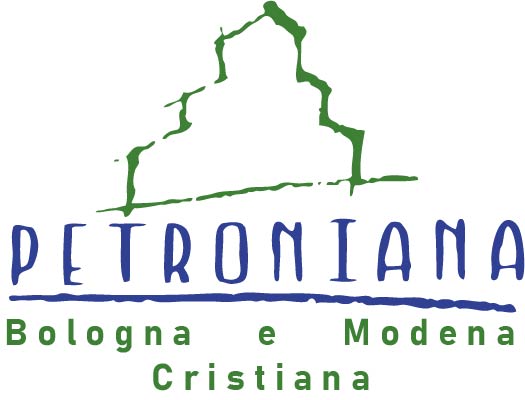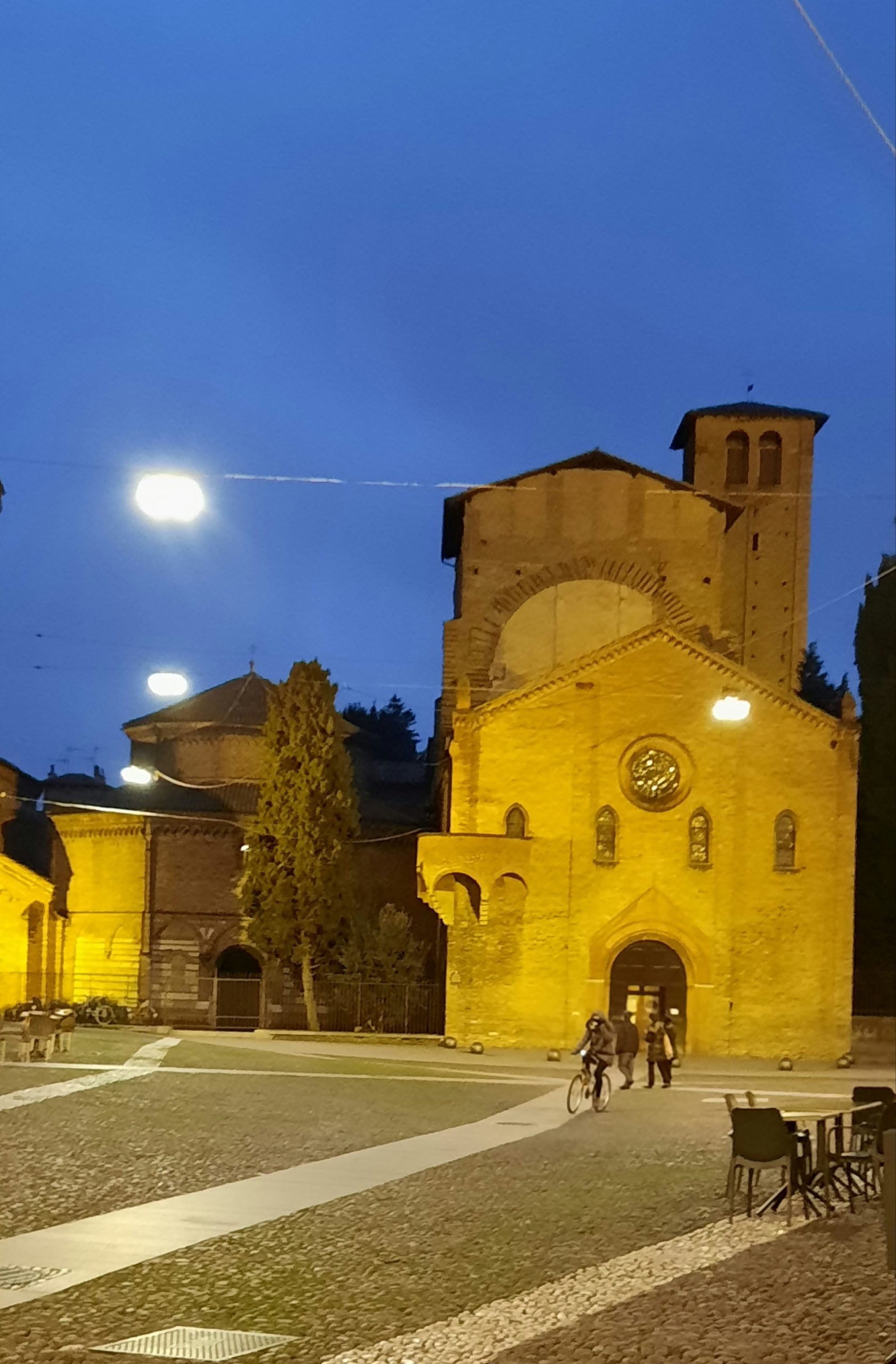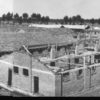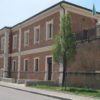MEETING POINT IN FRONT OF THE BASILICA OF SAN DOMENICO – BOLOGNA duration of the visit about 2h30′
Saint Dominic with some brothers arrived in Bologna in 1218 attracted by the fame of its University and settled at the Church of Santa Maria della Mascarella, which stands near the university area. Soon this place was insufficient to accommodate the Dominicans, who in 1219 moved to where today stands the current Basilica of San Domenico and where the Saint died two years later. The first stone of the current Basilica was laid in 1235 and was immediately dedicated to the saint, who had been canonised the previous year.
The Basilica, formerly surrounded by a cemetery of which two monumental tombs, called arks, remain, preserves precious treasures inside, including the Chapel of the Saint, where his mortal remains rest, decorated over the centuries by great artists, among which Nicola Pisano, Niccolò dell’Arca and Michelangelo deserve to be mentioned. The Chapel of the rosary (Cappella del rosario) is also splendid, decorated by the best painters of the sixteenth century: Lavinia Fontana, the Carracci, Guido Reni and many others, which also boasts an organ on which Mozart practised in 1770, during his stay in the city. Also of great value are the wooden choir, completed in 1551 to a design by Fra Damiano from Bergamo and completely decorated with intarsia, and “The mystical marriage of Saint Catherine” by Filippino Lippi.
Short transfer to piazza Santo Stefano and visit of the Basilica. : The Basilica has a long history that starts from the beginning of the fourth century, from its foundation, traditionally attributed to Saint Petronius, eighth bishop of Bologna, who brought from his pilgrimage to Jerusalem the topography of the Loca Sancta (Holy Places) and reproduced it, thus establishing a bond that lasts to this day between three present places: the churches of Santo Stefano, that of San Giovanni in Monte Uliveto, and the small square that today is a widening where via Farini and via Santo Stefano fork. Here, among other things, stood the small church dedicated to Saint Thecla, a pupil of Saint Paul, considered a female protomartyr, who aroused a lively devotion in Bologna, precisely on the basis of the preaching that Saint Ambrose made of her. The present church was demolished in 1798.
The origins of this complex date back to the time of Saint Ambrose, when, after the freedom of worship granted by emperor Constantine in 313 and after Christianity had rapidly become the official religion, the Christians had already shown that they needed to be consolidated in the faith and in good morals, and for this reason attention was paid to the Saint protomartyrs Vitale and Agricola, servant and master, respectively. They were martyred at the time of Diocletian in the place where the arena used to be (where today the church of Saints Vitale and Agricola in Arena is located, in via San Vitale) and their remains – given that at the time the authorities made no distinction between Christians and Jews – were buried in the Jewish cemetery: the relics, recognised by the still clear signs of martyrdom, were moved from the Judeo-Christian cemetery to the east of the town, and appropriately honoured in 394 in the presence of Saint Ambrose archbishop of Milan, of which Bologna was a suffragan diocese, and of the Bishop of Bologna, Eustasio.
How do Stephen, Petronius and our times relate? Find out with our visit.
The fee includes: Guided visit. Earphones.
The fee does not include: Anything not expressly listed under “the fee includes” section.
Tour made in the morning or in the afternoon – Guided tours
For information on fees and minimum number of participants please contact us!
PETRONIANA VIAGGI E TURISMO , Via del Monte 3/g Bologna tel. 051 261036 info@petronianaviaggi.it




